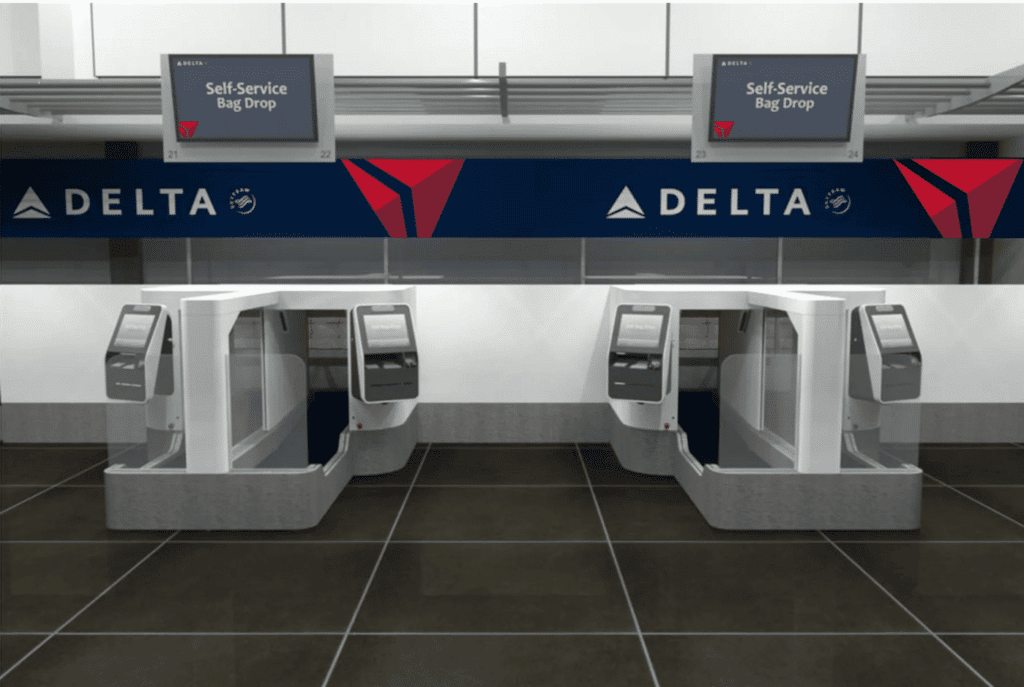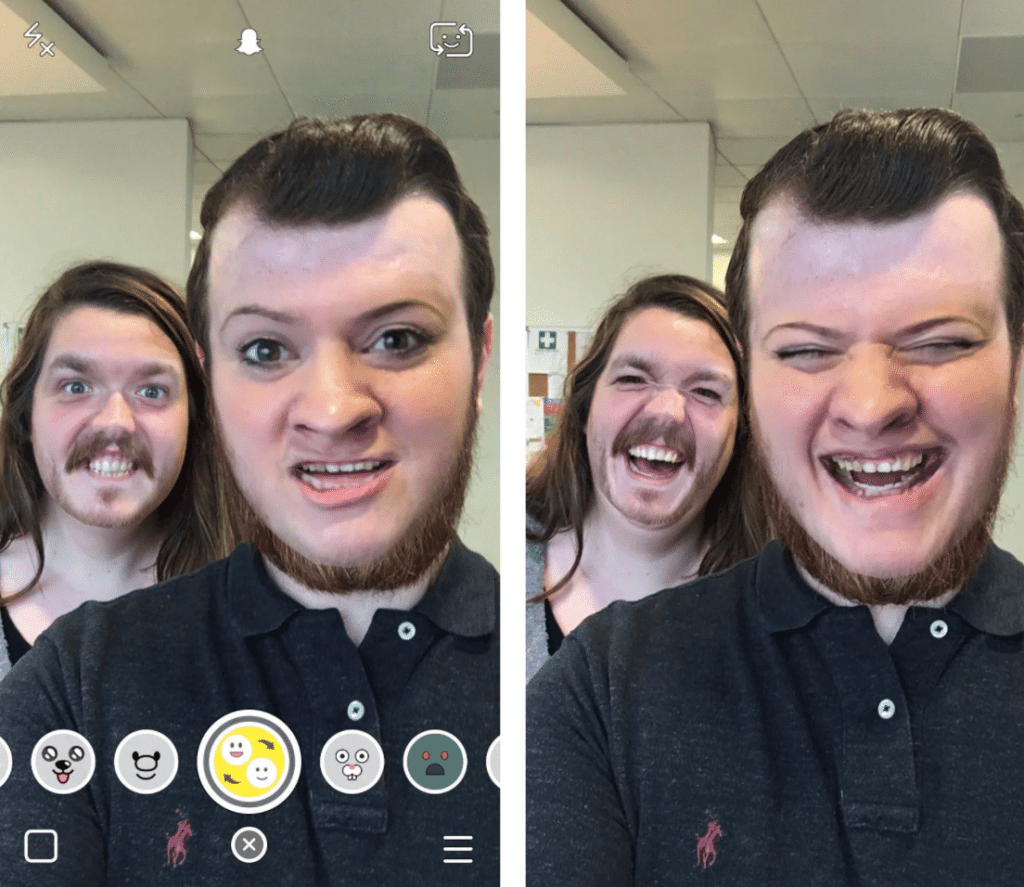BLOG
Ready or Not, Facial Recognition is Here to Stay
Would you recognize facial recognition if you saw it? Maybe not, says software engineer Kesha Williams — and she would know. Kesha, who began her career with the NSA more than 20 years ago, now works in Chick-fil-A’s corporate IT department, leading innovation teams as they research new technologies that can be applied to restaurant operations.
Recently, Chick-fil-A’s leadership team gave Kesha’s team the green light to investigate what it would take to roll out facial recognition. Once the technology is in place, customers will no longer need to whip out their wallets. Instead, the instant you step up to the counter, the cashier will know your name, and the system will know your payment information – so you’ll be paying for that spicy chicken sandwich with your face.
If it sounds futuristic, well: the future is already here.
Computer Vision: They’re Watching
Facial recognition isn’t as big of a technological leap as you may think. It’s actually part of a larger field called computer vision, a combination of artificial intelligence and computer science. Computer vision gives computers the ability to see and to pull out attributes of photos. Its subdomains include facial recognition, face comparison, and sentiment analysis.
When a person sees an image, we see a face. But when a computer sees an image, it breaks the image down into blocks. Each block has a face feature vector and each person has its own “pixel pattern,” so to speak – a fingerprint of your face. This “faceprint” allows computer algorithms to recognize us.
So, businesses that are leveraging computer vision to recognize their customers are simply taking live photos; comparing them against photos in a large, stored database; and identifying a match.
In some ways, the technology is the easy part. Creating the database requires knowing who your targets are – and that can be much harder. Kesha says Chick-fil-A is well on its way to building a robust database. Through the restaurant’s mobile app, customers can already create a profile and upload a photo, which is stored locally on their devices. In the not-so-distant future, that information could be captured in a centralized database, allowing the company to track their customers (and ultimately, recognize their faces).
Chick-fil-A’s current prototype only requires a single photo of a person to identify a match – which means that when a live shot is taken and compared to each photo in an image library, a high-percentage match always indicates a real match. Chick-fil-A is still in the early stages of innovation and research, and Kesha’s team is working to understand the legal implications before they roll out a prototype to restaurants.
Recognizing Repeat Customers
One of our clients, Hop, is using facial recognition to verify customers’ identities at beer dispensing kiosks. These kiosks, the first of which will be located on the Vegas strip, will compare a photo of the customer with their driver’s license on file to verify the person’s identity. Once identified, patrons can pour their own beer from one of many different taps. One of these beer dispensing kiosks may be coming to a concert, festival, or sporting event near you.
You can see examples of facial recognition being used across the hospitality and travel industry.
Many of the efforts center around giving customers more efficiency, enhanced safety, and next-level service as they move from place to place.
Jetblue, for example, is testing facial-recognition check-in as they try to streamline the boarding process. Passengers simply step up to a camera, and the kiosk compares the facial scan to passport photos in the U.S. Customs database. Meanwhile, in an effort to speed up bag pickup for priority customers, Delta is testing facial recognition bagdrop kiosks in two cities.

Airlines are just the beginning. Take Hilton: like every major hotel chain, their success depends on the loyalty of their customer base. So they’re leveraging facial recognition to improve customer service by identifying VIP guests and greeting them by name.
Facial recognition has also made its way into modern casinos across the country. Guests are photographed as they enter gambling areas, and their faces are compared with an ever-growing database of known cheaters. Security staff uses that information to keep a closer eye on cheaters when they play. Casinos also use the technology to identify high rollers, so employees can give them special treatment.
Going Beyond the Selfie
If you’re using social media, you’re using facial recognition. Facebook (rather appropriately) leverages facial recognition when your friends are automatically tagged in photos. The more photos you upload, the smarter Facebook becomes — reaching up to 98 percent accuracy. Apart from the government, Facebook maintains the largest image library.

Snapchat is on board, too: you might be surprised by how much math goes on behind the scenes every time you give yourself funny ears or a flower crown. Artificial intelligence algorithms are tracking your face through three-dimensional space, overlaying graphics that move with you.
Mastercard knows that online retail is all about efficiency and security, so the company is using facial recognition to enhance both. With Mastercard’s newly introduced “selfie pay,” customers are identified through facial recognition — which means the hassle of remembering passwords and account numbers can be a thing of the past.
Your grocery store may be next. At Amazon’s prototype supermarket, Amazon Go, you can walk in, grab your provisions, and walk out — no cashier required. Amazon is using computer vision and facial recognition to know who you are and see which items you pick up.
Facing Forward
Facial recognition may be everywhere, but it hasn’t been perfected just yet. For many businesses and organizations, error rates still leave something to be desired, due to technical challenges and external ones, too — which can be harder to control. Something as simple as the lighting in a photo, for example, can throw everything off. And when our privacy and security are at stake, that becomes a major concern.
So what’s next? In the coming months, expect to see continuous refinement and increased adoption of facial recognition across all kinds of organizations, platforms and services. We’re willing to bet that before long — like smart phones, social media and Siri — we won’t remember life without it.










